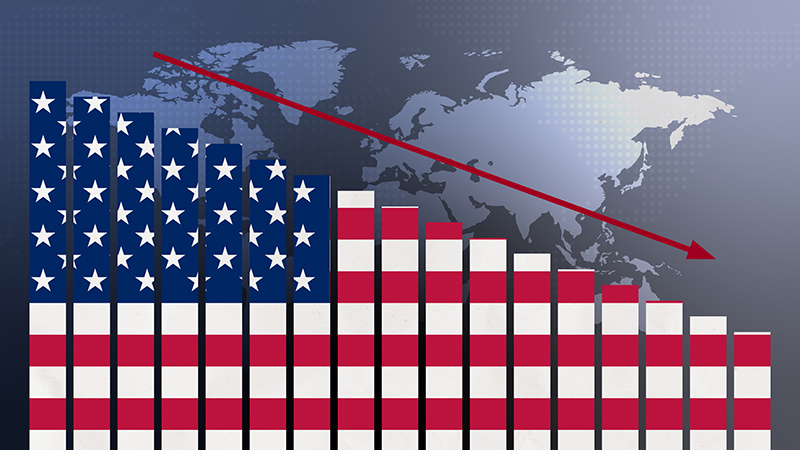Today, Goldman Sachs raised its 12-month target from $1,730 per ounce to $1,880 an ounce.
Upward trend
In a note put out to the markets, the investment bank said: “We believe that gold prices will continue to rise as ten-year US TIPS yields are at an historic low, a diminished outlook for US economic growth suggests US real rates will remain lower for longer, gold prices in inflation-adjusted terms remain well below their 1980 highs, and sovereign debt concerns intensify in the US and Europe.”
The bank said earlier in the year it had expected gold prices to continue to rise through the middle of 2012. Back then, Goldman Sachs was expecting rising US economic growth to push real rates higher and gold prices lower.
But with Goldman Sachs’ US economics team now lowering its outlook for US economic growth, it said it now expected real interest rates to remain lower for longer, and is therefore raising its gold price forecasts.
But David Coombs, head of multi-asset investments at Rathbone Unit Trust Management, said Europe rather than the US, was central in his gold strategy.
Multiple drivers
“Until Europe gets its act together and stops simply trying to delay the debt crisis, gold is a reliable asset,” he said. “Europe needs to develop a central strategy to deal with debt.”
Coombs says he would be happy to hold gold all the way up to $1,900, but cautioned it could also go down as fast as it has shot up.
At Cazenove Capital Management, director and head of MultiManager, Marcus Brookes, is using gold as a store of value and inflation hedge.
“We like gold as an alternative asset, as it helps to protect our clients assets when markets have their sell-offs,” he said.
QE impact
While Brookes said he still “quite liked the US dollar” he pointed out that should another round of quantitative easing be announced, the dollar will be sold and gold will “look exceptionally good value”.
“Gold looks a little extended, but that is because it is doing its job at a time of panic in markets,” he said. “Supply of the metal is tight and costs of extraction are pretty high, so there is a floor on the price in terms of replacement cost.
“Allied to this is the belief that there are now more governments and central banks that are willing to own this as an asset, whereas in 2001 they were all sellers, which is why the price was so low.”










